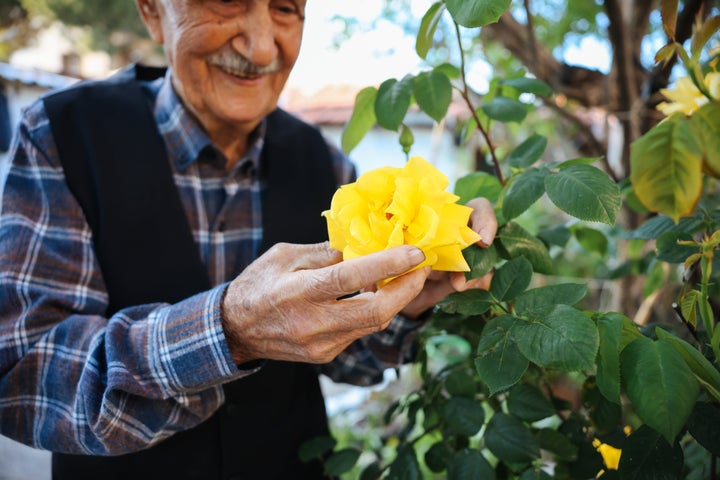
If you’ve got a garden, you’ll know how hard it can be to keep every single component of it looking great at the same time (why is there always that one Corner of Shame?). And while flowers – especially wildflowers – can provide the perfect distraction from the less-than-beautiful parts of your garden, it can be surprisingly tricky to keep them flourishing.
Thankfully, deadheading – the process or removing the “head” of certain flowers to encourage growth – is a tried-and-tested hack among pro gardeners and amateurs alike. So we thought we’d share which flowers benefit the most from the process, and how, exactly, to successfully decapitate your delias.
What is deadheading?
The Royal Horticultural Society (RHS) says that: “Deadheading is the term used for the removal of fading or dead flowers from plants. It is done to keep plants looking attractive and encourage more blooms, whether in beds and borders, containers or hanging baskets.”
It can help you to neaten an unruly bush, prevent loose petals from carpeting your lawn, and even encourage further flower growth – though the RHS recommend leaving plants with bird-friendly seeds and fruits on them as they are.
You should focus on old, “faded” flowers rather than healthy ones.
“It’s best to remove spent flowers as soon as they look scruffy, whatever the time of year. This could mean deadheading daily for some plants, such as summer bedding, and once a week or every other week for others, such as border perennials,” the RHS says.
The process could leave your garden looking better, and feeling healthier, than ever.
How do I do it?
Different plants have different needs, but in general, twisting off the old flower with your finger and thumb is a pretty safe bet. You can also use scissors or secateurs.
For roses in particular, the RHS advises you “gently snap the faded flowers off hybrid tea roses, breaking the stalk just below the head... For other roses, snip off individual flowers or clusters of flowers down to just above the next leaf.“
Bedding plants in particular respond well to pinch-and-twist-style deadheading, but you can extend the practice to shrubs, other flowers, bulbs, and even climbing plants.
Examples of plants not to deadhead include bird-friendly sunflowers, cornflowers, and rambler roses, as well as plants that are too tall or have too many flowers to make deadheading easy or safe.
Here’s how it’s done: